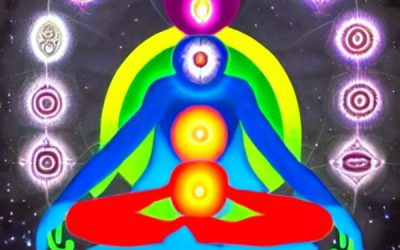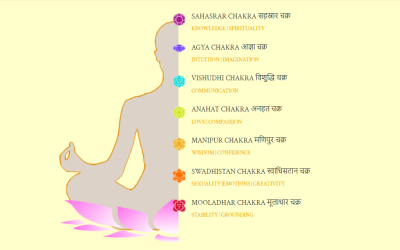Yoga, a spiritual discipline that originated in ancient India, includes a wide range of practices and philosophies. Raja Yoga and Ashtanga Yoga have special importance in different paths of Yoga. Both paths aim at achieving spiritual liberation and self-realization. In this comparative study, we’ll explore the key principles, practices, and benefits of Raja Yoga and Ashtanga Yoga.
1. Raja Yoga: The Path of Royal Yoga
Raja Yoga, also known as the “King of Yogas”, strengthens the mind and intellect. It is a path of meditation and self-discipline, which enables the practitioner to control his principles and achieve inner peace.
– Principles of Raja Yoga
The principles of Raja Yoga are deeply rooted in the Bhagavad Gita, one of the ancient Hindu scriptures. As Lord Krishna says in Gita
बन्धुरात्माऽऽत्मनस्तस्य येनात्मैवात्मना जितः।
अनात्मनस्तु शत्रुत्वे वर्तेतात्मैव शत्रुवत्।।6.6।।
bandhur ātmātmanas tasya yenaivātmātmanā jitaḥ |
anātmanas tu śatrutve vartetātmaiva śatru-vat || 6.6 ||
“For one who has conquered the mind, the mind is the best friend; but for one who has failed to conquer, the mind itself works against him as an enemy.”
Practice of Raja Yoga
The primary practice of Raja Yoga is meditation, which focuses on concentration and contemplation. Through regular meditation, one seeks to establish a direct connection with the divine and experience the highest state of consciousness.
Benefits of Raja Yoga
Raja Yoga provides many benefits to its practitioners. It helps to reduce stress, increase mental clarity and develop self-awareness. By developing a state of inner peace, practitioners can overcome negative emotions and attain spiritual enlightenment.
2. Ashtanga Yoga: The Eight-Limbed Path
Ashtanga Yoga, also known as Ashtanga Yoga, refers to the eight-fold path described by Maharishi Patanjali in the Yoga Sutras. It provides a comprehensive approach to spiritual growth and self-realization.
Principles of Ashtanga Yoga
The fundamental principles of Ashtanga Yoga are expressed in the Yoga Sutras of Patanjali. The first sutra, योगश्चित्तवृत्तिनिरोधः , “Yogas chitta vṛtti nirodhaḥ” (1.2), highlights the goal of yoga as the cessation of the fluctuations of the mind.
Eight limbs of Ashtanga Yoga
The eight limbs of Ashtanga Yoga are Yama (restraint), Niyama (observance), Asana (physical posture), Pranayama (breath control), Pratyahara (withdrawal of the senses), Dharana (concentration), Dhyana (meditation), and Samadhi (meditation). absorption). , These limbs provide a systematic framework for spiritual growth and self-realization.
Benefits of Ashtanga Yoga
Ashtanga yoga provides holistic benefits for the practitioner. It improves physical strength, flexibility and overall well-being. In addition, it purifies the mind, enhances emotional stability and promotes a deeper connection with the inner self.
Both Raja Yoga and Ashtanga Yoga are profound paths that lead individuals to self-realization and spiritual enlightenment. While Raja Yoga emphasizes meditation and control over the mind, Astanga Yoga provides a broad framework for spiritual development through its eight limbs. Ultimately, the choice of path depends on the inclination and preferences of the individual. By taking any of these paths, one can begin a transformational journey towards inner peace and spiritual awakening.





